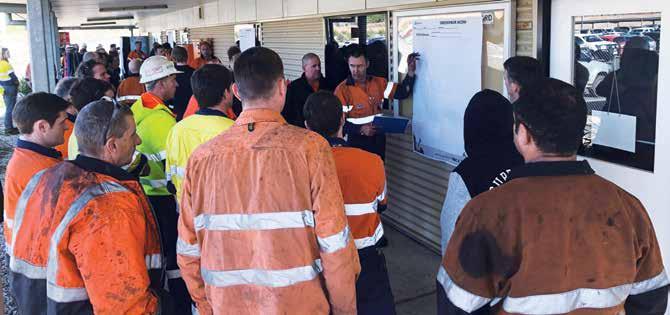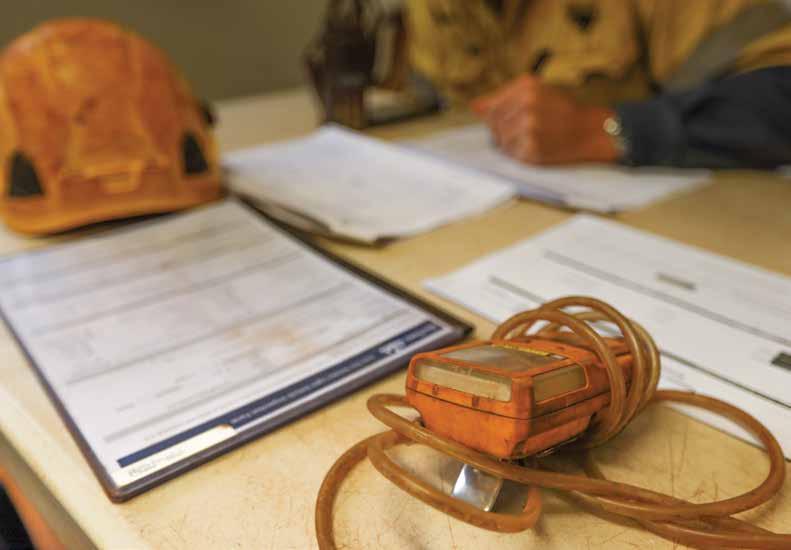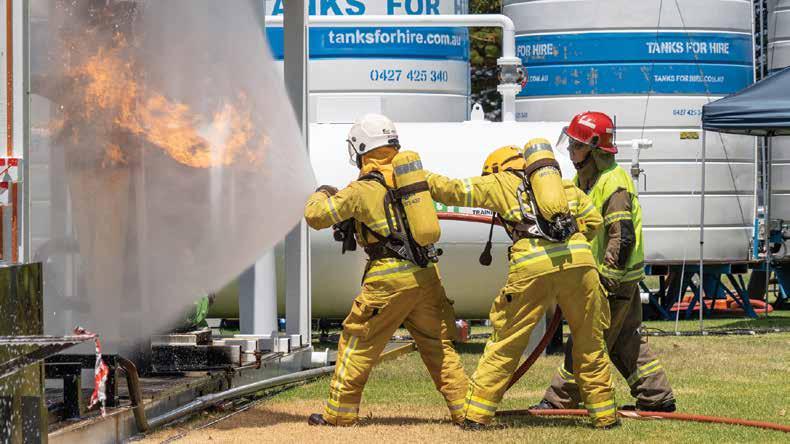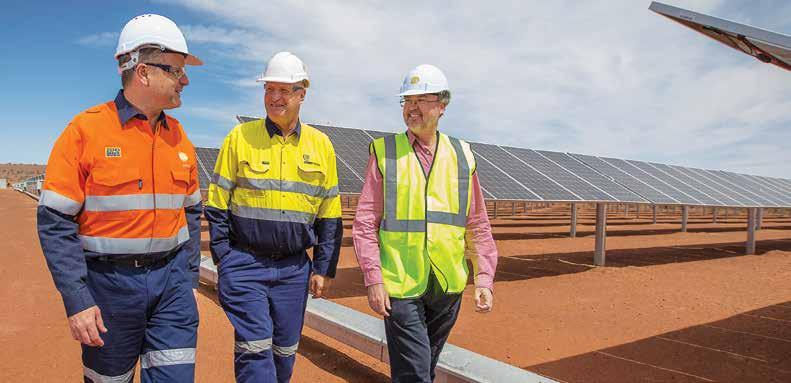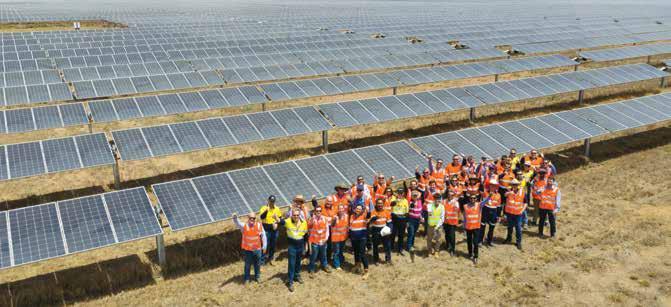
4 minute read
Fighting the drought
Mining unites in quest for water in droughtstricken land
MINING COMPANIES SUCH AS WHITEHAVEN COAL, BHP AND NEWCREST MINING ARE FINDING WAYS TO ENSURE MINES AREN’T DRY IN PRODUCTION LIKE THE LAND HAS BECOME. SAFE TO WORK REPORTS.
All hands are on deck across Australia when it comes to the threats posed by drought – it is unfortunately an enduring feature of the country’s landscape.
Mining operations have to compete with other users such as agriculture and towns for water. Without it, valuable minerals such as coal and iron ore cannot be extracted out of the ground.
Water is also core to the transport of ore and waste, separation of minerals, cooling systems around power generation, suppression of dust and washing equipment, according to CSIRO.
While the impact on farmers is well-understood, water supply is also crucial for mining operations, according to New South Wales Minerals Council chief executive Stephen Galilee.
“Mines support thousands of jobs in regional areas and the security of water supply for mining operations can have major implications for regional economies,” Galilee tells Safe to Work in a statement.
Whitehaven Coal’s Maules Creek mine in the Gunnedah Basin is one mining operation that has been hit by drought conditions persisting in north west New South Wales.
“I am only too aware of the fact this is truly a land of droughts and flooding rains, but the drought conditions we have observed across much of New South Wales have been especially challenging and are arguably the worst since the Federation Drought at the turn of the last century,” Whitehaven chairman Mark Vaile, speaking at the company’s 2019 annual general meeting, says.
The company’s Maules Creek mine relies on a high security water
BHP Mt Arthur Coal operations in the Hunter Valley region of New South Wales.

licence that draws upon the Namoi River, a primary water source that has been severely impacted by the drought.
Whitehaven chief executive Paul Flynn says the company has secured additional long-term groundwater sources for Maules Creek in response to the conditions.
Maules Creek has gained access to some of these sources, with work to access the remaining sources still under way (at the time of writing).
While Safe to Work understands the impact on production is unclear, Whitehaven is working with New South Wales authorities to mitigate the drought impacts.
Elsewhere in the Hunter Valley region of New South Wales, BHP has been forced to put up additional measures against the dry conditions facing its Mt Arthur Coal operations.
BHP is closely monitoring its water take, and has put measures in place to reduce water usage while maintaining operations.
“For example, we have installed density gauges to improve water control and reduce un-needed water in the operation,” a BHP spokesperson says.
Joining BHP and Whitehaven in the fight against the drought is Newcrest Mining, this time it’s motivated by community betterment.
Newcrest is reducing the amount of water it uses from Orange, close to where its Cadia mine is located.
The mining company has turned to treated effluent to meet its water needs at the Cadia mine, according to the Orange City Council.
Under this initiative, Newcrest is pumping an average of eight megalitres a day from Orange’s sewerage water plant, while drawing on groundwater and other sources to sustain its operational needs at Cadia.
The combined effect is a reduction of two megalitres of water drawn from Orange a day.
“This arrangement will be in place for the next few months until this requirement is no longer required,” Newcrest Cadia Valley operations general manager Peter Sharpe says.
“This will satisfy the council’s environmental flow obligations and replace the release of surface water from the Suma Park Dam.
“Currently average net daily draw of water into the Cadia operations is 30 millilitres a day. This return of water will not impact production in the current year.”
Galilee welcomes Newcrest’s initiative, stating that the New South Wales Minerals Council has seen the industry doing its bit to help out local councils and landholders.
“Cadia’s reduction in use of treated effluent from Orange (allows) the council (to) continue to provide environmental flows,” Galilee says.
“Mines in drought-affected areas are doing all they can to reduce their water use, increase water recycling and look for alternative sources of water such as saline groundwater, which will help conserve higher quality water for other water users.”
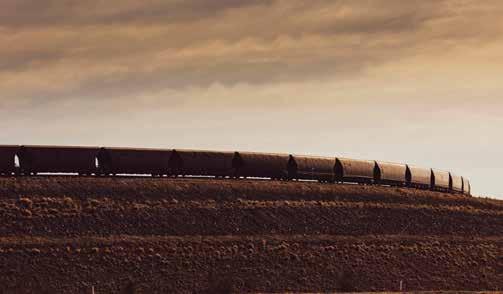
Whitehaven Coal secures additional groundwater sources to sustain its Maules Creek operations.
THE FIRST PRIORITY FOR AUSTRALIA’S MINING INDUSTRY
ISSUE 5 - OCTOBER - DECEMBER 2019
Virtual reality The future of safety
Respiratory protection Materials handling Technology Mining equipment
Throughout the cycles of the mining industry there is one constant for everyone involved in the industry – safety. A safe workplace is critical to the continued success of your business.


